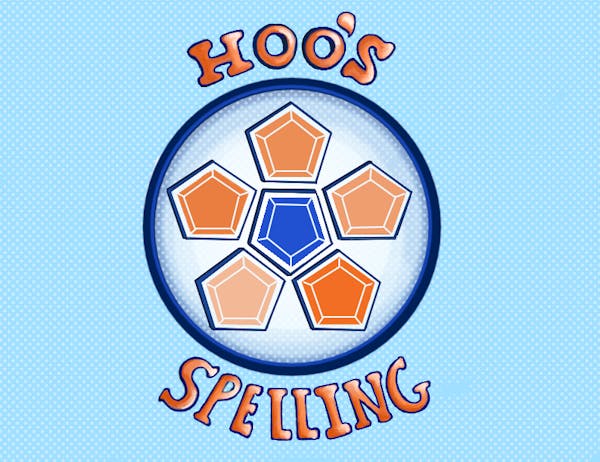BLUE STATE or red? Gay or straight? Black or white? Our culture is today more focused than ever on identity. From frustrated liberals deep in conservative country to disenfranchised ethnic minorities at predominately white universities, our race, our gender, our sexuality, our socio-economic status and our politics define who we are -- and why not? These pivotal aspects of our personality dictate what we do and think. But what makes identity? Today, many believe that the myriad roles we play are an innate part of our existence. But in reality, identity is little more than a set of prefabrications into which we step all too willingly, succumbing to a sad situation propagated by crusading radicals and staunch reactionaries alike.
Many consider the hyperbolic assertion of identity, and the social dynamics it engenders, positive parts of modern society. By uniting we gain strength, solidarity and support for who we are.
Indeed, there was a time when many were forbidden from freely associating. From Victorian sexual repression to state-sponsored racism to the ideological blacklisting of the 1950s, suppression and condemnation of identity has long contributed to restriction of individuals' personal freedom.
In contrast, the social revolutions of the '60s and '70s birthed a new epoch largely defined by acceptance of identity. But more than simply crusading against institutions that discriminated based on identity, reformers also took up vehement defense of particular marginalized groups. Thus the social revolution gave birth to Martin Luther King Jr. and Malcolm X alike -






